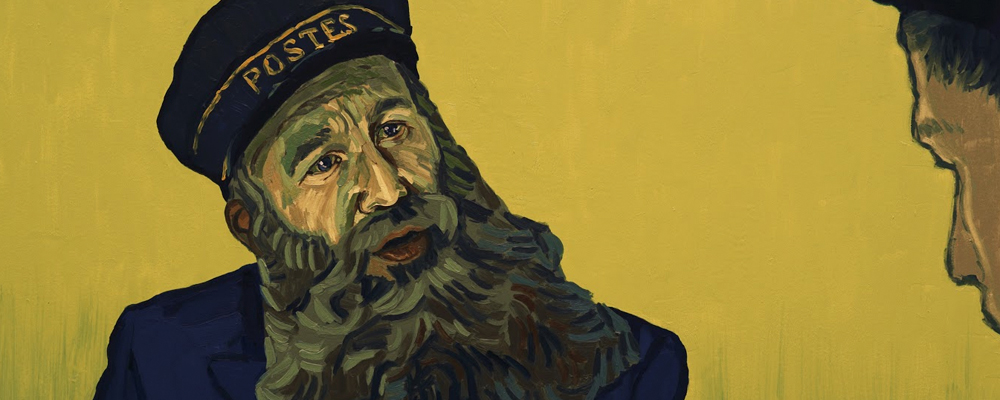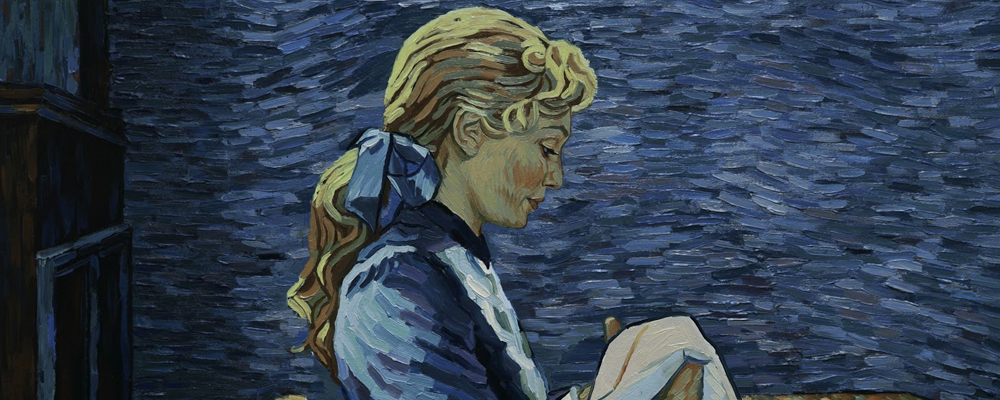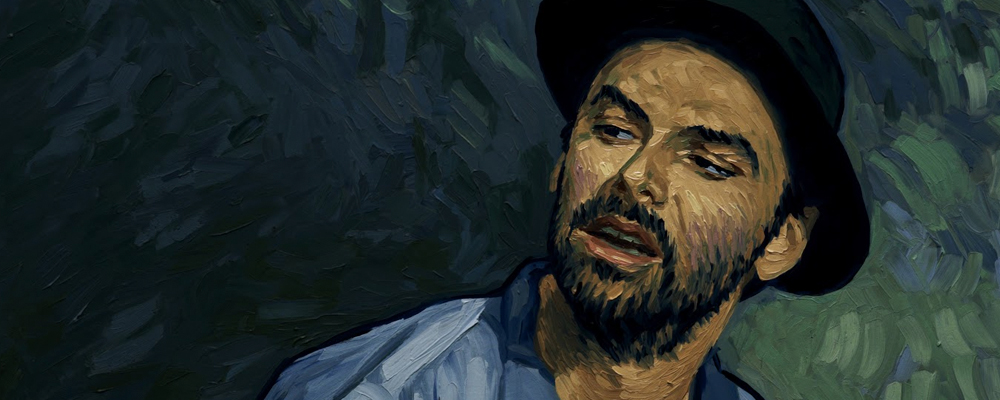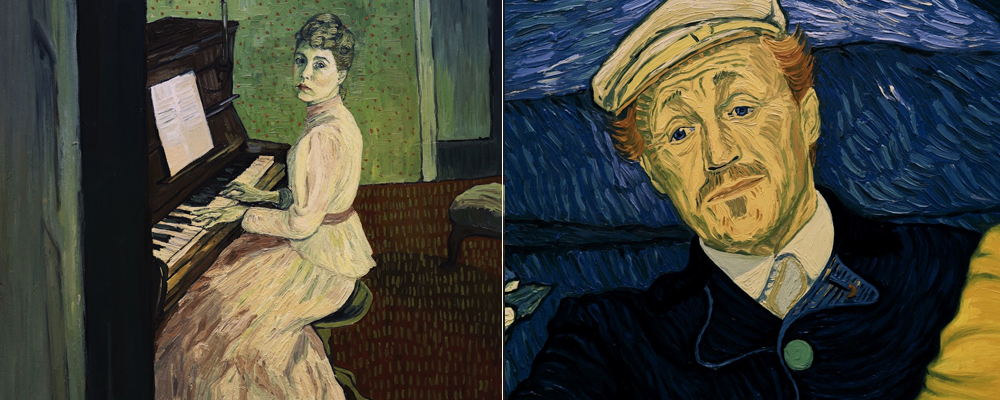Vincent Van Gogh’s Death Is a Mystery Worthy of an Exhibit in Hand-Painted Film ‘Loving Vincent’
Tony Sokol
“Loving Vincent” is a beautifully rendered labor of love. It is obviously very different than most animated films, but not only because of the familiar masterworks it brings to life. Stylistically, the visuals recall the 1973 science fiction animated French-Czechoslovakian film “Fantastic Planet.” Though it is nowhere near as strange, or fantastical, there is an Eastern European artistic sensibility, and sensitivity, to the film American animators should take to heart.
Developed and funded by the Polish Film Institute, “Loving Vincent” is the first fully painted animated film. 65,000 frames that make up this film is an oil painting on canvass that have been rotoscoped frame-by-frame on celluloid. The artists studied Van Gogh’s technique. They’ve probably been waiting their whole lives for this once in a lifetime chance. The movie is enjoyable, but viewers are also transformed into instant art aficionados. The film is a more than a semester’s-worth of art appreciation. It goes beyond appreciation to adoration. To say it is a mere labor of love is an understatement. It took seven years to make the film.
Written and directed by Dorota Kobiela and Hugh Welchman, it tells the life story of the passionate Dutch Impressionist painter Vincent van Gogh. The telling of the artist’s life story needed a full palette for all its pains and joys.
The voice actors, including Robert Gulaczyk as Vincent van Gogh, Chris O’Dowd as van Gogh’s father, postmaster Joseph Roulin, Eleanor Tomlinson as Adeline Ravoux, and Jerome Flynn as Dr. Gachet, are quite good at bringing the images to life. Though there is no Kirk Douglas, who played Van Gogh in the film “Lust for Life,” here.
Vincent van Gogh committed suicide at the age of 37. In the ten years he was active as an artist, he completed over 800 paintings in the span of less than 10 years. The film opens in Arles, France, in 1891, a year after van Gogh died. The film traces his last days in the city, during a period of intense development.
Douglas Booth plays Armand Roulin, who learns that not only has Vincent died, but also his brother, Theo. Theo was his brother’s greatest benefactor. Roulin wants to understand why the artist killed himself, if, indeed, he did kill himself. There have been theories that it was the result of foul play. The story is told like a murder mystery. The suicide is seen from multiple angles, including van Gogh’s point of view. The directors use TV tools like flashbacks and reenactments. But what most catches the eye is what caught the artists’ eye: The beautiful, and often sad, surroundings of the city. We see paintings like “The Night Cafe,” “Wheatfield with Crows,” “Portrait of Dr. Gachet” and “Starry Night Over the Rhone” come to life. Many are used as backdrops to live-action sequences that had been filmed in front of green screens and added during postproduction. The film occasionally loses focus when it turns to black and white in some of the flashbacks featuring Vincent.
The score, by Clint Mansell, fills in emotional gaps like brush strokes on canvass. But it is neither the story nor the mystery that comes to the center. It is the enduring force of the imagination of history’s most tortured artist. Vincent van Gogh is the poster child for the stereotype. He colored the poster himself, and he was not afraid to show the brush strokes. The film leaves a wonderful impression.
“Loving Vincent” opens Sept. 22. in New York and Sept. 29 in Los Angeles






